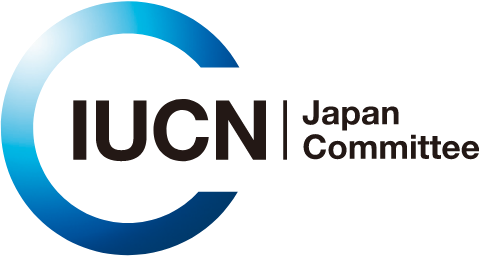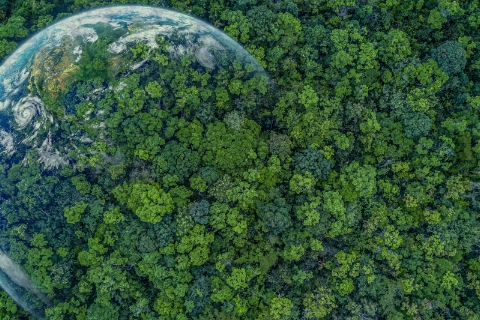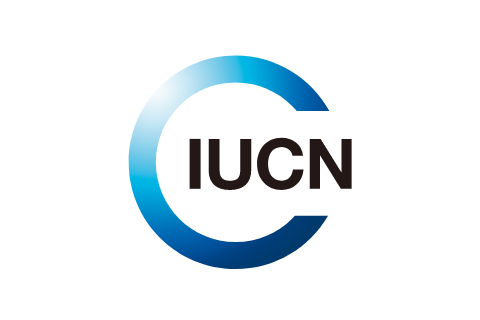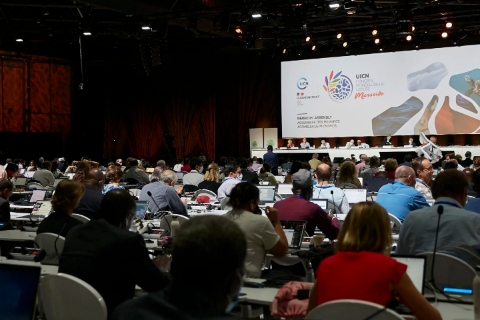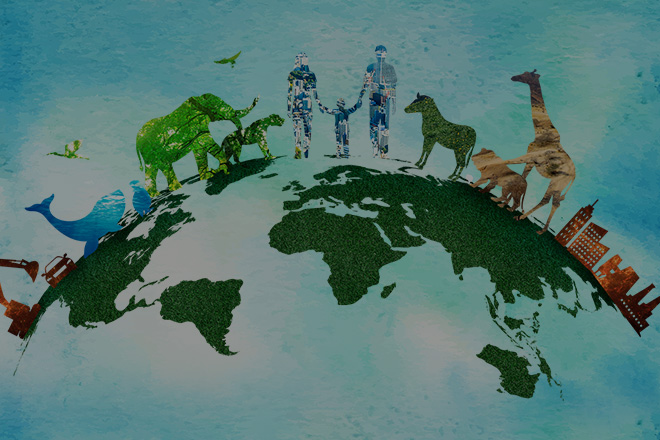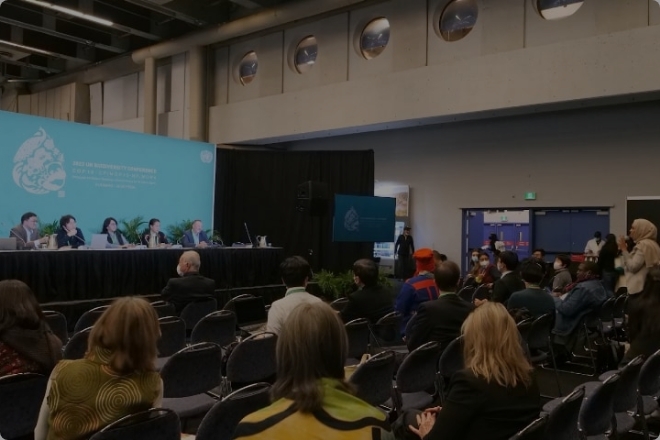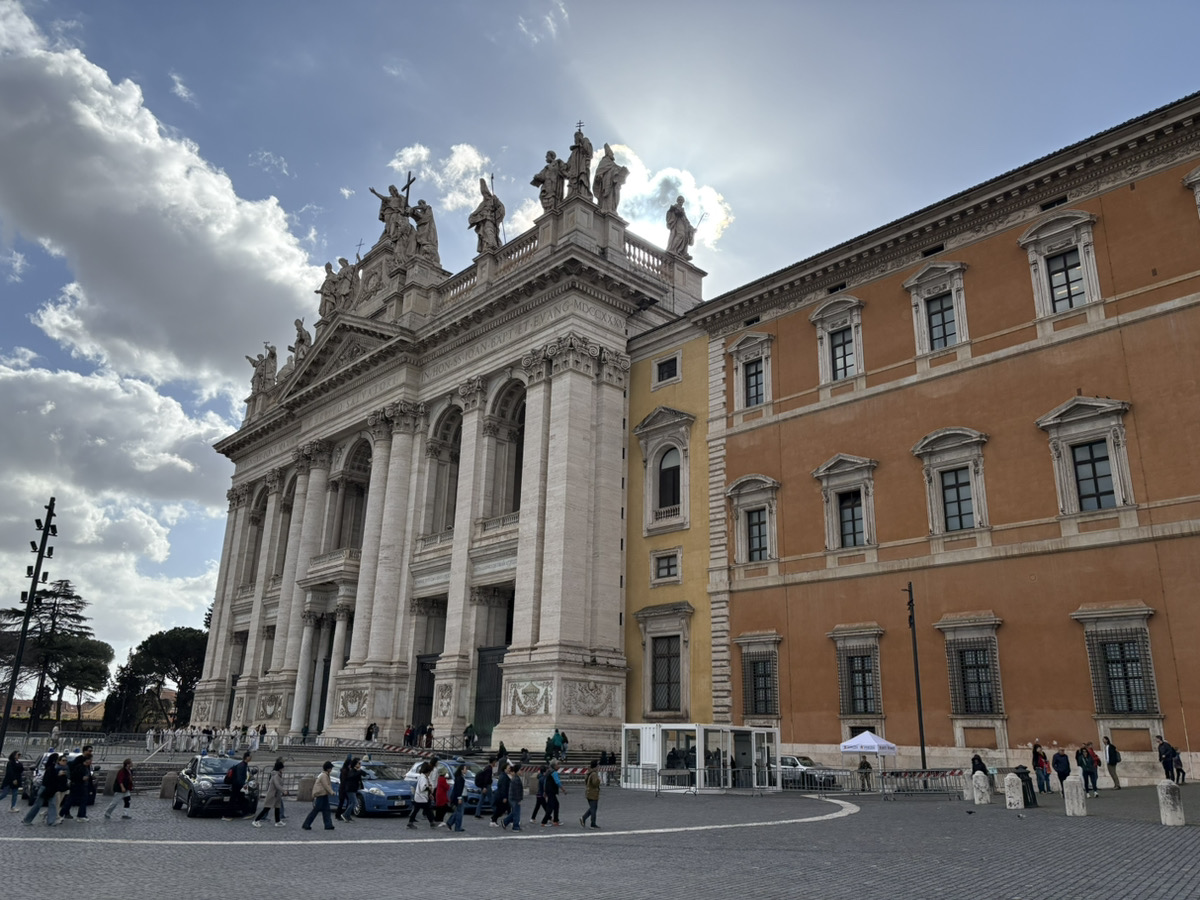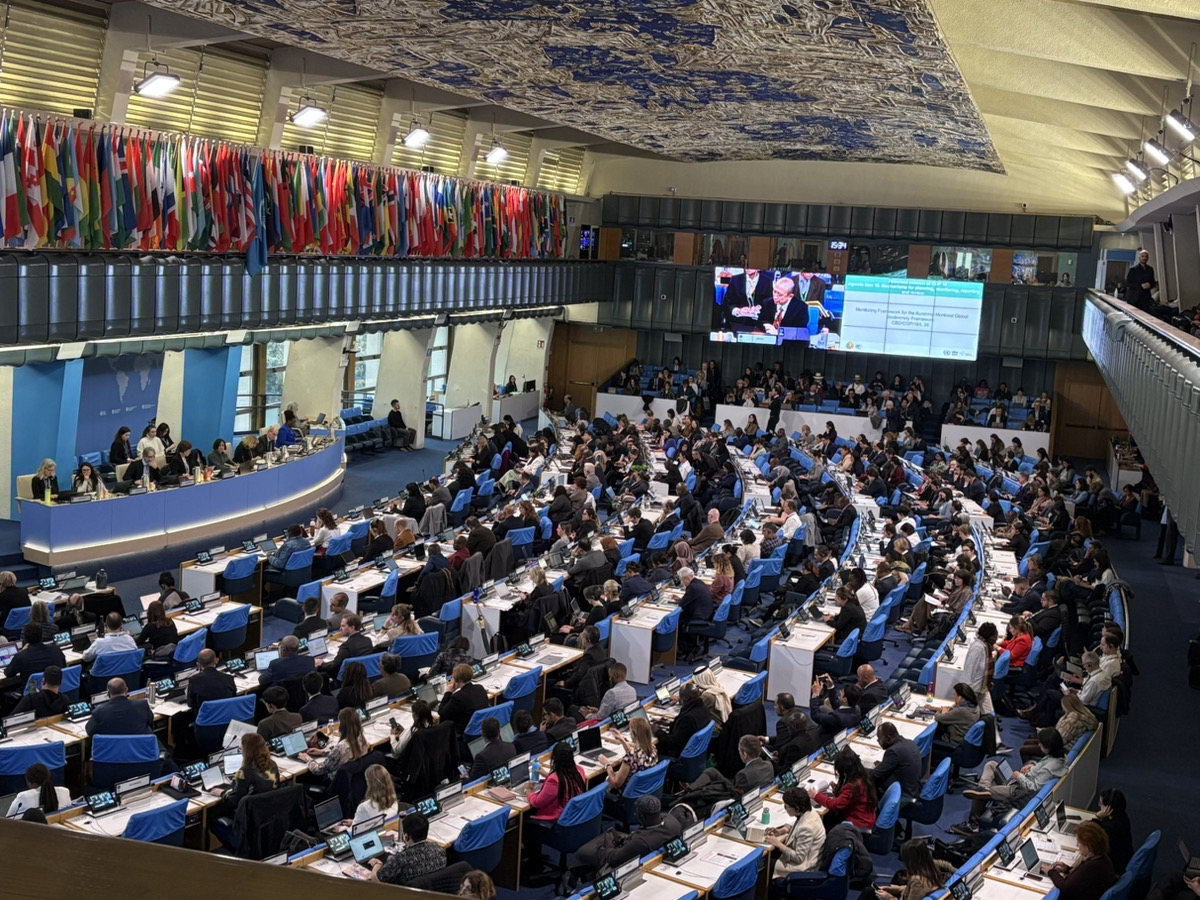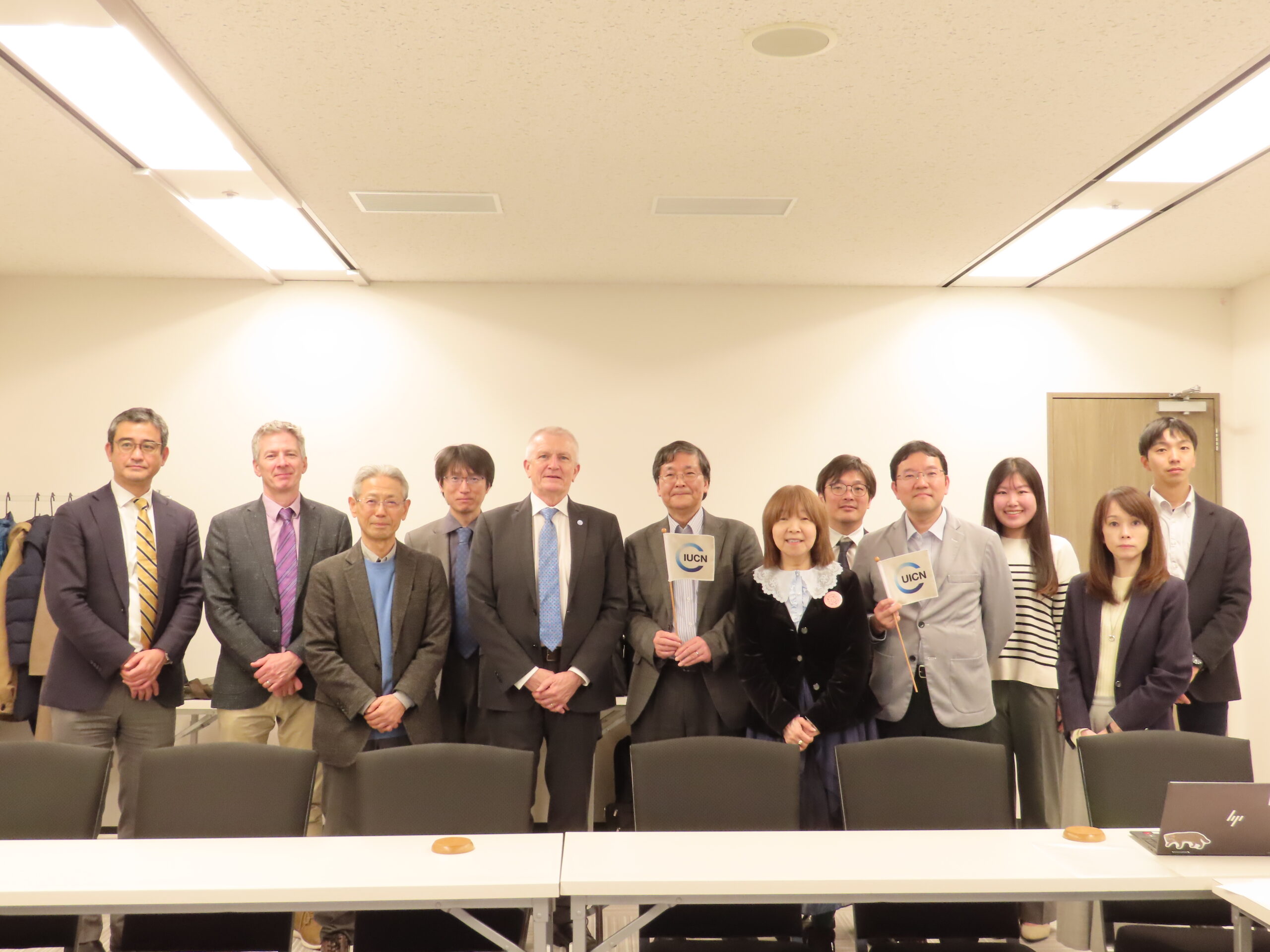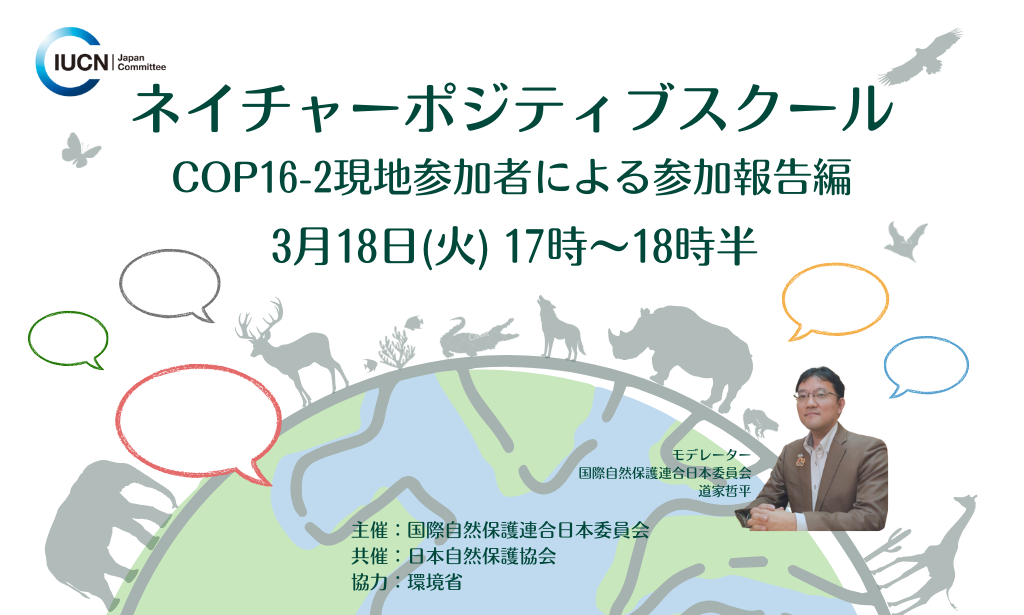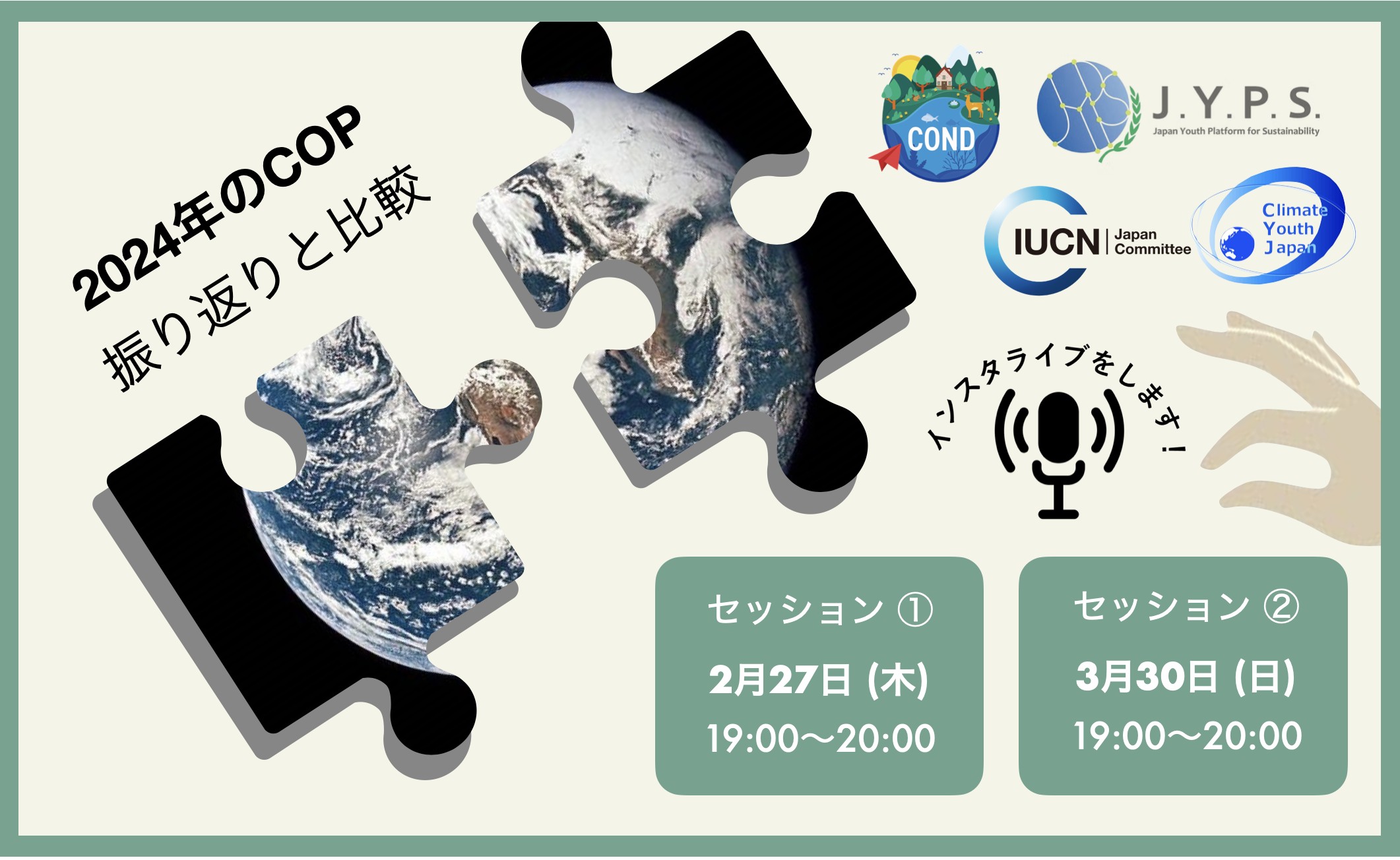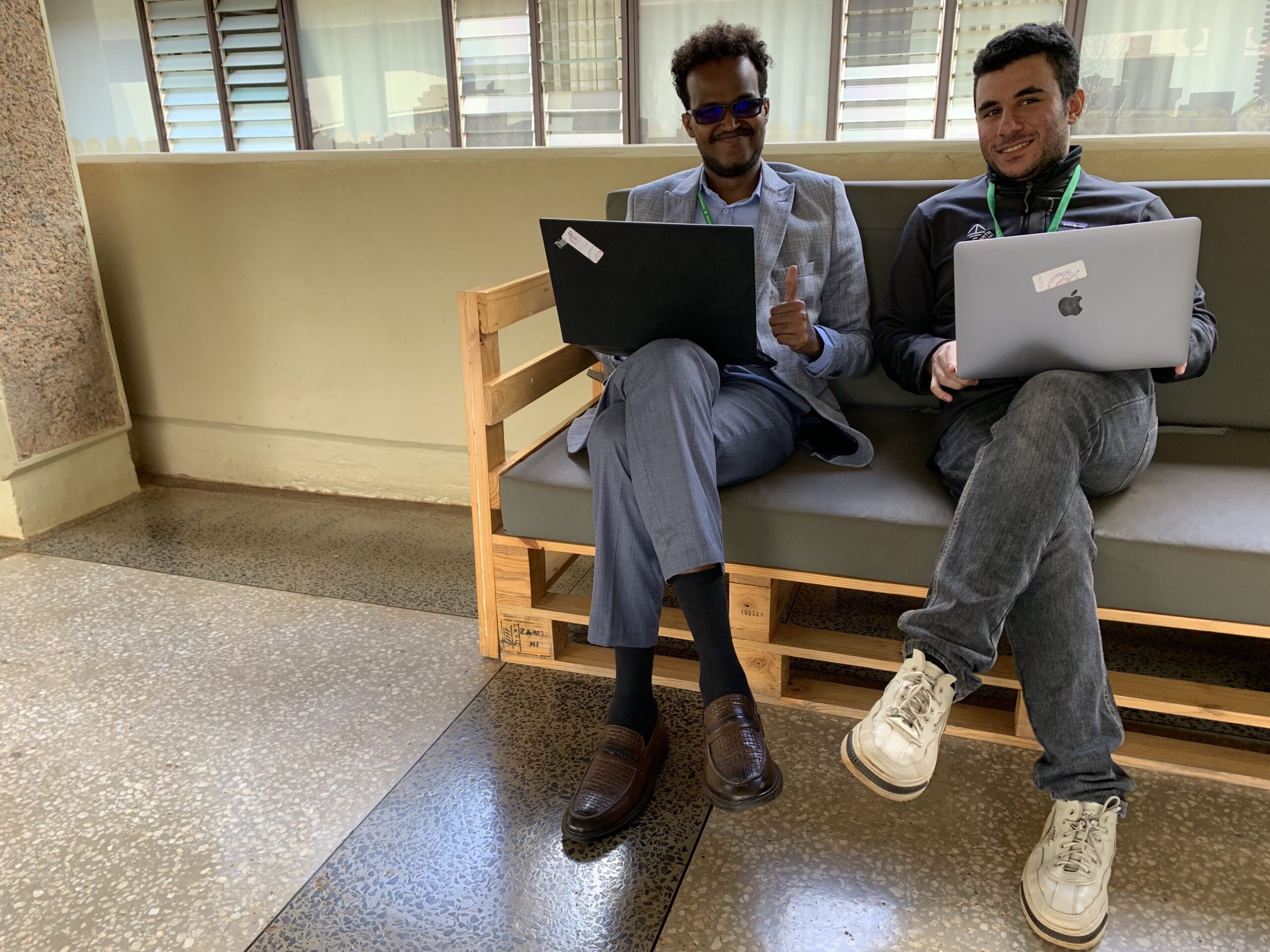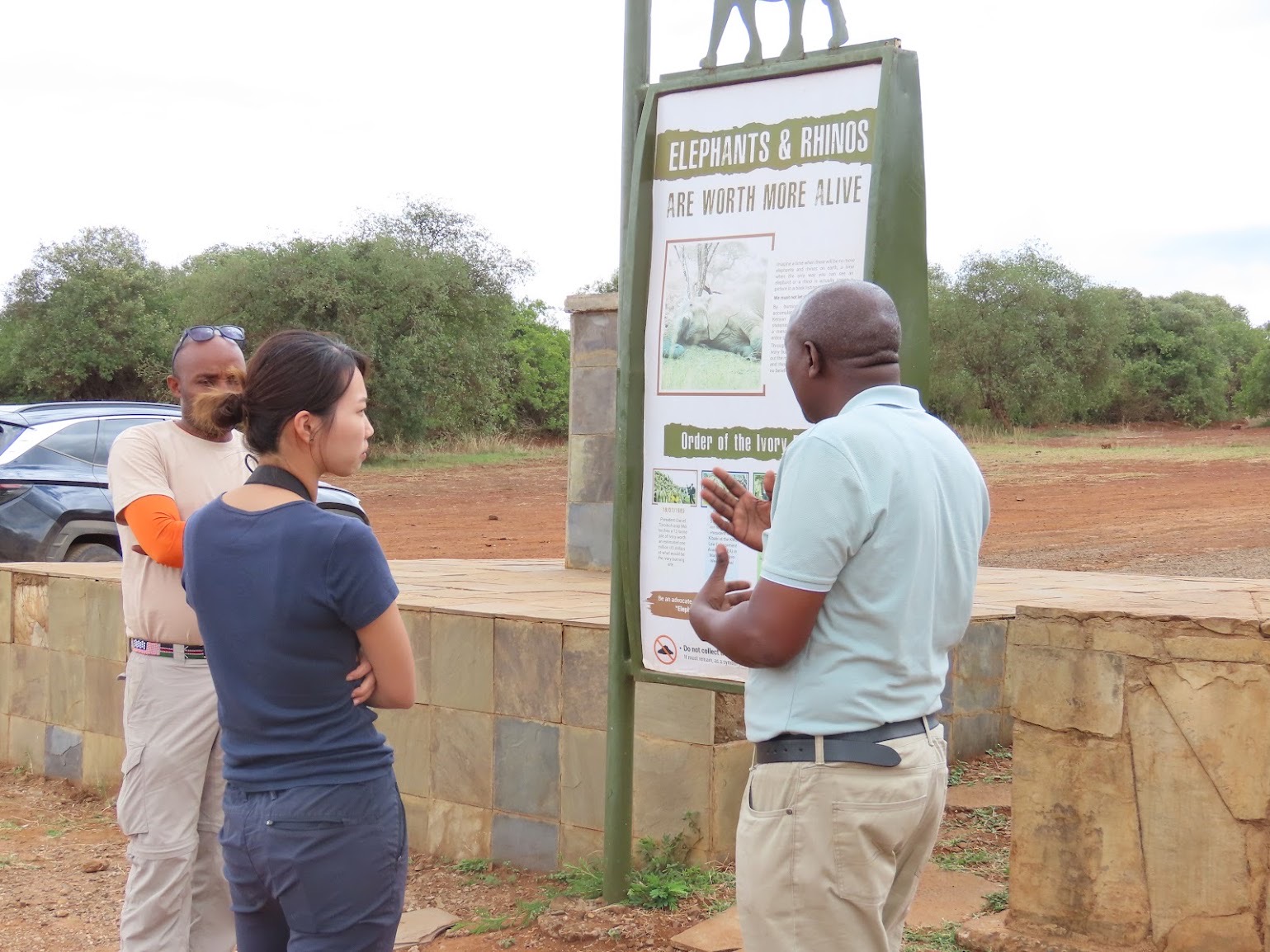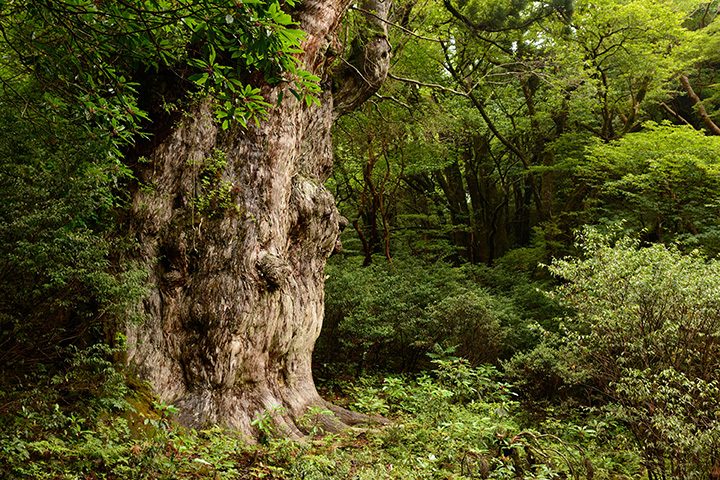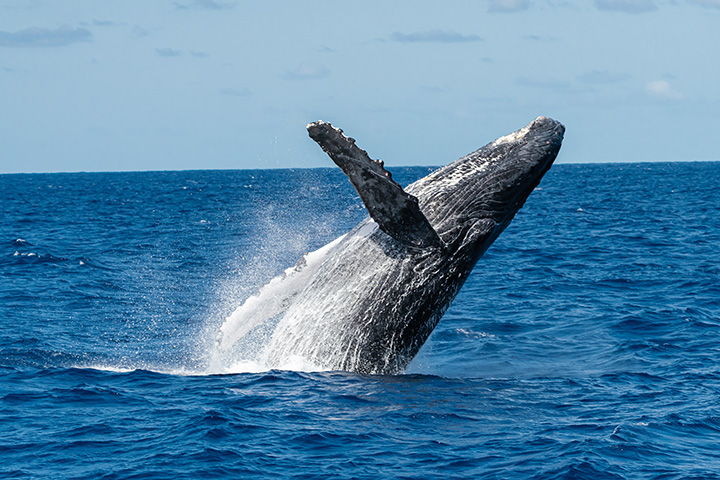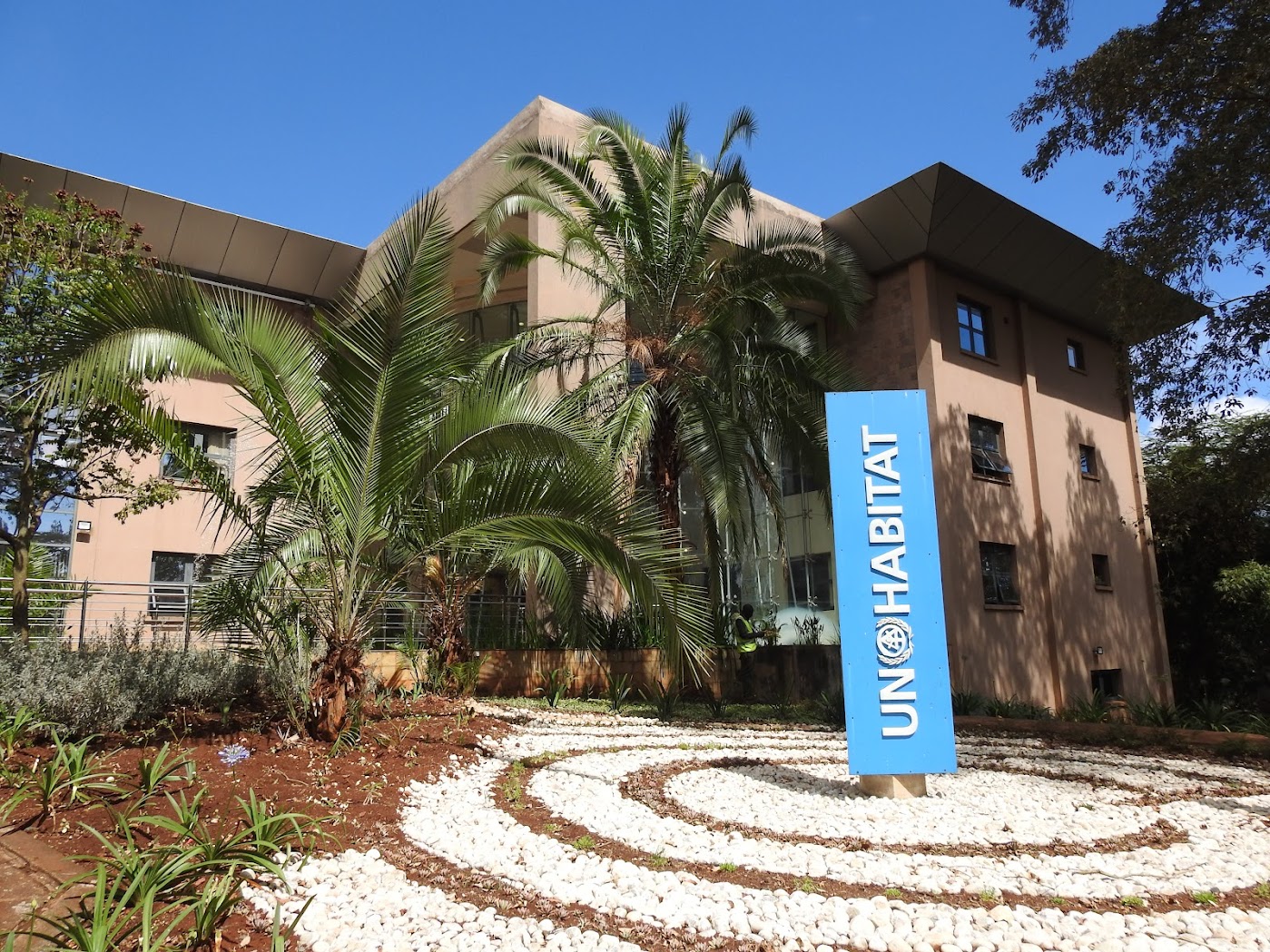
国際社会は生物多様性の重要性を強調し、持続可能な共存に向けたパラダイムにシフトしています。このシフトの中心には、2022年12月に採択された昆明・モントリオール生物多様性グローバルフレームワーク(KMGBF)があり、これはグローバルな生物多様性保全のためのロードマップを提供しています。この取り組みの一つのキーファクターは国家生物多様性国家戦略および行動計画(NBSAPs)です。NBSAPsは国家における保全および持続可能な管理の努力についての指針です。
ラテンアメリカ諸国の文脈で、KMGBFに向いて、どういう動きはあるかに関心を持ち、2023年10月17日にナイロビで開催された「ラテンアメリカ諸国の国家生物多様性戦略の見直しとクンミン-モントリオールグローバル生物多様性フレームワークとの整合および協力機関と連携の役割」をテーマにしたSBSTTA 25のサイドイベントに参加しました。
ペルー: 持続可能な開発と先住民の参加
ペルーは持続可能な開発と生物多様性保全の多部門間アプローチの必要性を強調しています。特に、違法鉱採などの環境問題に対処するために地域の能力を強化する呼びかけをしています[1]。議論は、先住民コミュニティの重要な役割を強調し、積極的な参加を主張する、2021年に開始された参加型保全戦略の重要性を強調しました。先を見据えて、一連のワークショップや戦略的な計画セッションが予定されており、国家開発アジェンダに合わせて必要な資金を確保することを目指しています。
コロンビア: 戦略的な計画と国際的なパートナーシップ
コロンビアは、国家生物多様性戦略をKMGBFに合わせるための計画と審議を中心に展開されています。第16回締約国会議(COP16)に向けたロードマップには、国家戦略の速やかな見直し、モニタリングシステムの強化、政策と機関の整合が含まれています。議論は財政戦略を探求し、異分野間および多様なステークホルダーとの合意の重要性を強調しました。コロンビアは、ドイツ、国連開発計画(UNDP)、国連環境計画(UNEP)、生物多様性条約(CBD)と連携し、国家生物多様性戦略および行動計画加速パートナーシップ(NBSAP-AP)を主導し、さまざまなステークホルダーと協力してグローバル生物多様性フレームワークを実施することを目指しています[2]。
チリ: 保護地域における法律の進歩
チリでは、「自然法」が承認されたことによって、生物多様性および保護地域サービス(SBAP)の設立につながりました。この法律により、保護地域内外で生物多様性保全のためのツールを提供することが可能になりました。例えば、生物多様性の優先的な場所の特定、生態系の回復戦略、湿地の保護などがツールに含まれています。ペルー、コロンビア、およびチリの国家生物多様性戦略をKMGBFに合わせる多様なアプローチは、生物多様性保全と持続可能な開発をバランスさせる広範なラテンアメリカの取り組みを反映しています。ナイロビのイベントから得られた知恵は、地域および国際的な協力、財政計画、および全社会部門の積極的な参加の重要性を強調し、グローバル生物多様性アジェンダを前進させています。
[2] NBSAP Accelerator Partnership, https://nbsapaccelerator.org, accessed 2023/10/18
[3] Nature has rights! Congress approves law to create the Biodiversity and Protected Areas Service, 2023/06/15, Gob.cl, ., accessed 2023/10/18
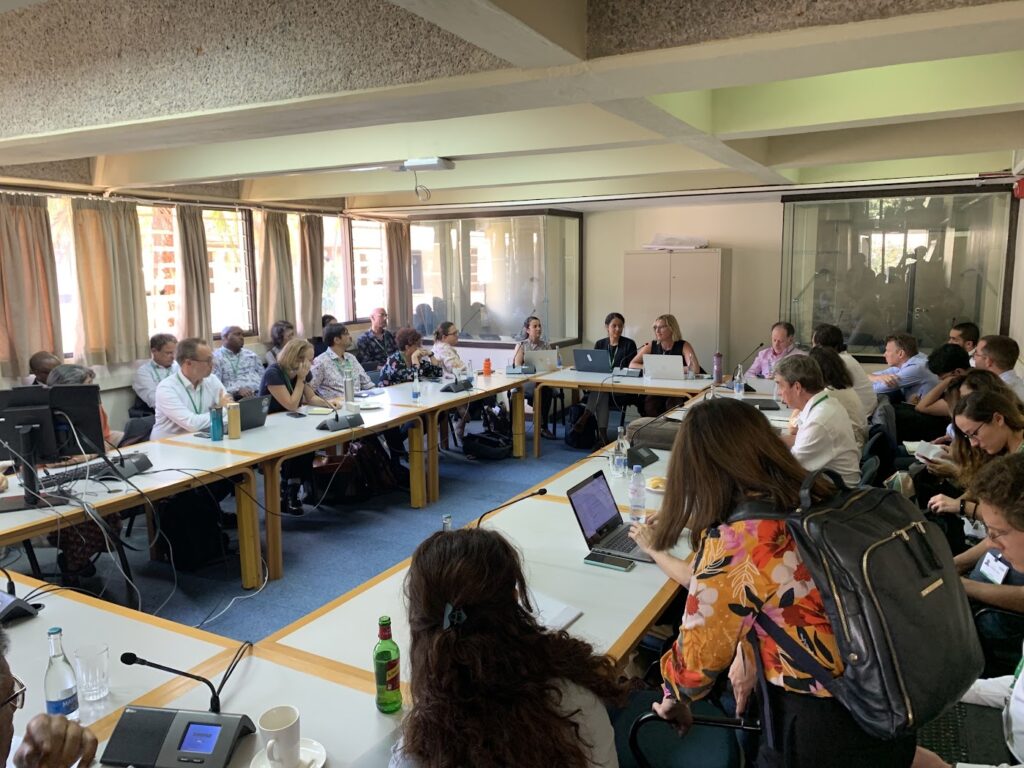
Enhancing Biodiversity in Latin America: Endeavors in Aligning National Strategies with the Global Biodiversity Framework
The global community has underscored the significance of biodiversity, marking a paradigm shift towards sustainable coexistence. Central to this shift is the Kunming-Montreal Global Biodiversity Framework (KMGBF), adopted in December 2022, which provides an ambitious roadmap for global biodiversity conservation. At the heart of this endeavor are the National Biodiversity Strategies and Action Plans (NBSAPs), which guide nations on conservation and sustainable management efforts. The insights below were gained from a side event of the 25th meeting of the Subsidiary Body on Scientific, Technical and Technological Advice (SBSTTA25) I attended titled, ‘Experiences of Latin American Countries in Reviewing and Aligning their NBSAPs with the Kunming-Montreal Global Biodiversity Framework and the Role of Cooperation Agencies and Alliances,’ held on 17th October 2023 in Nairobi.
Peru: Sustainable Development and Indigenous Engagement
Peru stressed the need for a multisectoral approach to sustainable development and biodiversity conservation. Although some progress has been made, there’s a call to strengthen regional capacities to tackle environmental threats such as illegal mining [1]. The discussions highlighted the importance of participatory conservation strategies, initiated in 2021, which stressed the crucial role of indigenous communities, advocating for their active engagement. Looking ahead, a series of workshops and strategic planning sessions are planned, aligning with national development agendas to secure necessary funding.
Colombia: Strategic Planning and International Partnerships
Colombia’s narrative centers around meticulous planning and deliberation to align national biodiversity strategies with the global framework. The roadmap towards the 16th meeting of the Conference of the Parties (COP16) includes a quick review of national strategies, enhancing monitoring systems, and aligning policies and institutions. The discourse explored financial strategies, emphasizing the importance of intersectoral and multi-stakeholder agreements. In collaboration with Germany, the UN Development Programme (UNDP), the UN Environment Programme (UNEP), and the Convention on Biological Diversity (CBD), Colombia led the National Biodiversity Strategies and Action Plans Accelerator Partnership (NBSAP-AP) aiming to implement the global framework through a collaborative approach engaging various stakeholders [2].
Chile: Advancing Legislation in Protected Areas
Chile’s journey is marked by the enactment of “The Nature Law,” which led to the creation of the Biodiversity and Protected Areas Service (SBAP). This law equips Chile with tools for biodiversity conservation across the nation, both within and outside protected areas. It helps in identifying priority biodiversity sites, formulating ecological restoration strategies, and protecting wetlands [3].
The varied approaches of Peru, Colombia, and Chile towards aligning their NBSAPs with the KMGBF reflect the broader Latin American endeavor to balance biodiversity conservation with sustainable development. The shared experiences from the Nairobi event highlight the importance of regional and international collaborations, financial planning, and active engagement of all societal sectors in driving forward the global biodiversity agenda.
Intern at Japan Committee for IUCN
Danmeng CAI
